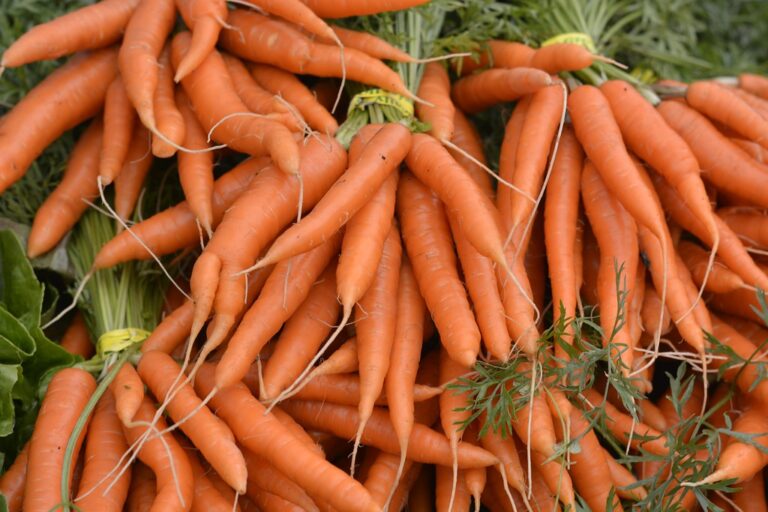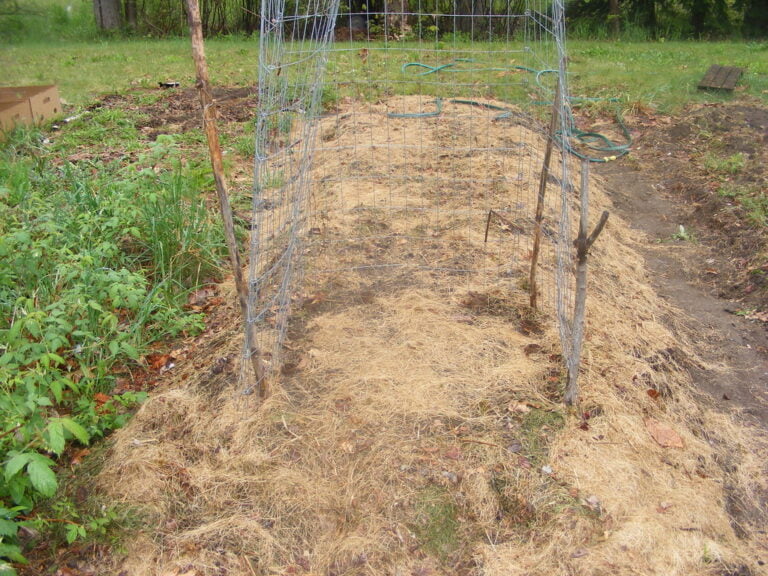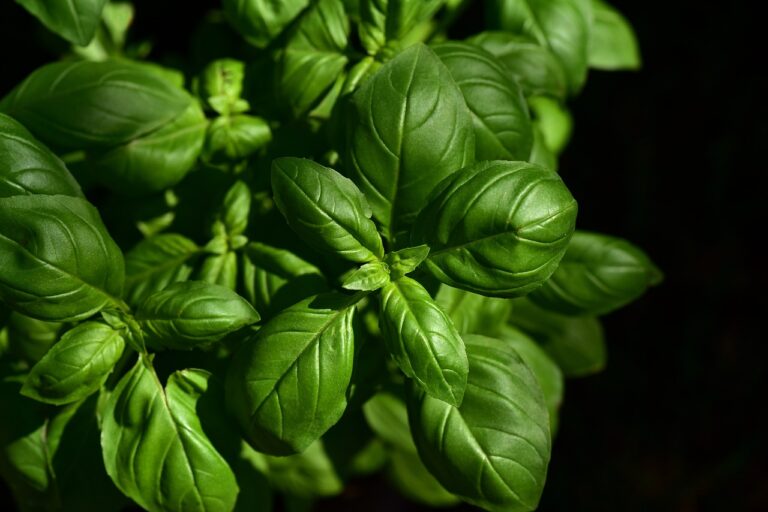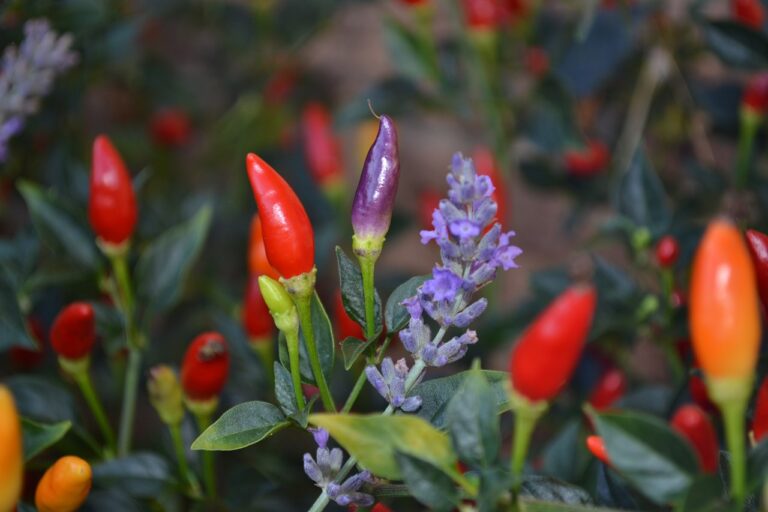Understanding the Basics of Companion Planting Pumpkins
If you want to maximize the growth and health of your pumpkin patch, understanding the basics of companion planting is essential. By strategically planting compatible plants alongside your pumpkins, you can enhance soil fertility, control pests, attract pollinators, and manage weeds. In this article, we will guide you through the process, providing practical tips and techniques to help you create a thriving pumpkin patch that will yield an abundant harvest. Get ready to dive into the world of companion planting for pumpkins!
Benefits of Companion Planting Pumpkins
By companion planting pumpkins, you can enhance their growth and overall health while also maximizing the productivity of your garden. One of the main benefits of companion planting with pumpkins is that it helps to deter pests. For example, planting marigolds alongside your pumpkins can repel harmful insects like aphids and squash bugs. Additionally, companion plants can attract beneficial insects such as bees and ladybugs, which are essential for pollination and natural pest control. Another advantage of companion planting pumpkins is that it helps to conserve space in your garden. By intercropping pumpkins with vertical-growing plants like corn or trellising them with cucumbers, you can make the most of limited garden space. This practice also provides shade and support for the pumpkins, leading to healthier and more robust vines. Overall, companion planting pumpkins offers numerous benefits that contribute to a thriving and productive garden.
Choosing the Right Companion Plants
To choose the right companion plants for your pumpkins, consider their growth habits and compatibility in terms of nutrient requirements and pest management. Some good companion plants for pumpkins include marigolds, which deter pests like aphids and nematodes, and beans, which fix nitrogen in the soil and provide support for the sprawling pumpkin vines. Additionally, planting pumpkins alongside corn can create a mutually beneficial relationship known as the "Three Sisters" planting method. The corn provides a natural trellis for the pumpkin vines to climb, while the pumpkins provide ground cover that helps suppress weeds and retain moisture for the corn. Other suitable companion plants for pumpkins include radishes, which repel beetles, and sunflowers, which attract beneficial insects like bees. By choosing the right companion plants, you can enhance the growth and health of your pumpkin plants while promoting a balanced ecosystem in your garden.
Common Pest Control Methods
To effectively control pests while companion planting pumpkins, you can employ common pest control methods. One effective method is handpicking pests off the plants. Check your plants regularly and remove any pests you see, such as aphids or caterpillars, by hand. Another method is using insecticidal soap or neem oil sprays. These organic sprays can be applied directly to the plants to kill pests. Additionally, you can attract beneficial insects that prey on pests, such as ladybugs or lacewings, by planting flowers like marigolds or daisies nearby. These beneficial insects will help keep the pest population in check. Finally, practicing good garden hygiene by removing dead plants and debris will help reduce the hiding places for pests. By implementing these common pest control methods, you can maintain a healthy pumpkin garden.
Proper Spacing and Planting Techniques
When companion planting pumpkins, it is important to consider proper spacing and planting techniques to ensure optimal growth and yield. Start by selecting a location that receives full sun for at least six to eight hours a day. Pumpkin plants require a lot of space, so make sure to leave enough room between each plant. Allow a minimum of six feet between each hill or mound, and space the plants two to three feet apart within the hill. This spacing allows for good air circulation and prevents overcrowding, which can lead to diseases. It is also important to provide ample nutrients and water to support healthy growth. Consider adding organic matter, such as compost or well-rotted manure, to the soil before planting. Regular watering is necessary, especially during dry spells, to keep the plants hydrated and promote strong root development. By following these proper spacing and planting techniques, you can ensure that your companion planted pumpkins thrive and produce a bountiful harvest.
Enhancing Soil Fertility for Pumpkins
Are you wondering how to enhance the soil fertility for your companion planted pumpkins? Well, you're in luck! There are a few simple steps you can take to ensure that your pumpkins receive the nutrients they need to grow healthy and strong. First, it's important to test the pH levels of your soil. Pumpkins thrive in slightly acidic soil, with a pH level between 6.0 and 6.8. If your soil is too acidic or alkaline, you can adjust it by adding lime or sulfur. Next, consider adding organic matter such as compost or well-rotted manure to your soil. This will help improve its structure and fertility. Additionally, you can use natural fertilizers high in nitrogen, phosphorus, and potassium to give your pumpkins an extra boost. Finally, make sure to water your plants regularly and deeply, as pumpkins require consistent moisture for optimal growth. By following these steps, you'll be well on your way to enhancing the soil fertility for your companion planted pumpkins!
Complementary Plant Combinations
To maximize the benefits of companion planting with pumpkins, consider pairing them with complementary plants. Certain plants can help deter pests, improve soil fertility, and promote healthy growth when planted alongside pumpkins. One popular combination is planting pumpkins with corn. The tall stalks of corn provide shade for the pumpkin plants, helping to prevent moisture loss and weed growth. Additionally, pumpkins can benefit from the nitrogen-fixing abilities of legumes such as beans and peas. These plants enrich the soil with nitrogen, which is essential for pumpkin growth. Another beneficial companion for pumpkins is marigold. Marigolds repel harmful insects like aphids and nematodes, protecting the pumpkin plants from damage. By strategically selecting complementary plants, you can create a harmonious garden ecosystem that benefits your pumpkins and promotes overall plant health.
Attracting Pollinators to Your Pumpkin Patch
To attract pollinators to your pumpkin patch, incorporate flowering plants that entice bees and butterflies. These pollinators play a crucial role in the fertilization process of pumpkin flowers, which ultimately leads to the development of fruit. Choose plants that produce nectar and pollen, as these are the main food sources for bees and butterflies. Some great options include lavender, sunflowers, zinnias, and marigolds. Plant these flowers near your pumpkin vines to create an enticing environment for pollinators. Additionally, consider providing a water source, such as a shallow dish filled with water and pebbles, for butterflies to drink from. By creating an inviting space for pollinators, you are increasing the chances of a successful pumpkin harvest.
Managing Weeds in Companion Planting
To effectively manage weeds in companion planting, incorporate strategies that prevent their growth and competition with your pumpkin plants. One effective method is to mulch your pumpkin patch. Apply a layer of organic mulch, such as straw or wood chips, around your pumpkin plants to suppress weed growth. This will also help retain moisture in the soil and regulate the temperature. Regularly inspect your pumpkin patch and remove any weeds that manage to sprout. Be sure to pull them out by the roots to prevent regrowth. Another strategy is to plant your pumpkin seeds or seedlings close together, creating a dense canopy that shades out weeds and reduces their access to sunlight. Additionally, consider using a weed barrier fabric or landscape fabric to further suppress weed growth. By implementing these strategies, you can effectively manage weeds and ensure the optimal growth of your pumpkin plants.
Seasonal Considerations for Pumpkin Companion Plants
When planning your pumpkin companion plants, consider the seasonal variations and their impact on your garden. Different seasons bring different challenges and opportunities, so it's important to choose companion plants that thrive in specific conditions. In the spring, for example, you can plant cool-season vegetables like lettuce, spinach, and radishes alongside your pumpkin plants. These plants can help protect the soil and provide shade for the young pumpkin seedlings. In the summer, consider planting tall companion plants like corn or sunflowers. These plants can provide shade and support for your pumpkin vines as they grow. Additionally, planting herbs like basil, dill, or oregano can help deter pests and attract beneficial insects to your garden. Finally, in the fall, you can plant cover crops like clover or rye to protect the soil and add nutrients for the next growing season. By considering the seasonal variations and choosing the right companion plants, you can create a thriving and productive pumpkin garden.
Harvesting and Storing Pumpkins
After considering the seasonal variations and choosing the right companion plants, it's time to focus on the next step: harvesting and storing your pumpkins. Harvesting pumpkins at the right time is crucial for their flavor and longevity. When the pumpkin's skin is hard and the stem is dry and brown, it's ready to be picked. Use a sharp knife or pruners to cut the pumpkin from the vine, leaving a few inches of stem intact. Be careful not to damage the pumpkin during the process. Once harvested, wipe off any dirt or debris, but avoid washing the pumpkin as it can promote decay. To store pumpkins, find a cool, dry, and well-ventilated space, ideally with temperatures between 50-55°F. Keep them off the ground to prevent rotting and regularly check for any signs of decay. By following these steps, you can enjoy your pumpkins for months to come.
Conclusion
So, now that you have a better understanding of companion planting pumpkins, you can use this knowledge to maximize the growth and health of your pumpkin patch. By choosing the right companion plants, implementing pest control methods, spacing and planting properly, enhancing soil fertility, attracting pollinators, managing weeds, and considering seasonal factors, you will have a successful harvest of pumpkins. Don't forget to store your pumpkins properly to enjoy them for months to come. Happy planting!






